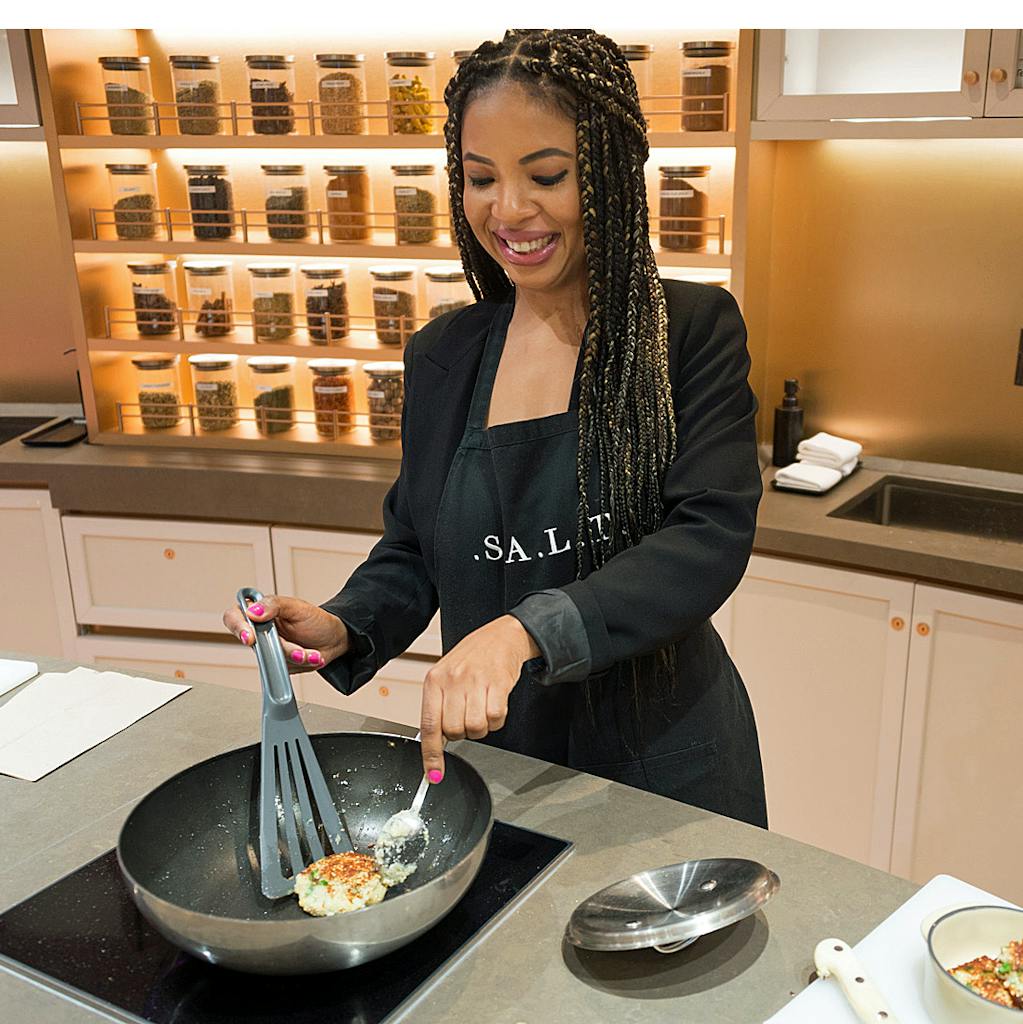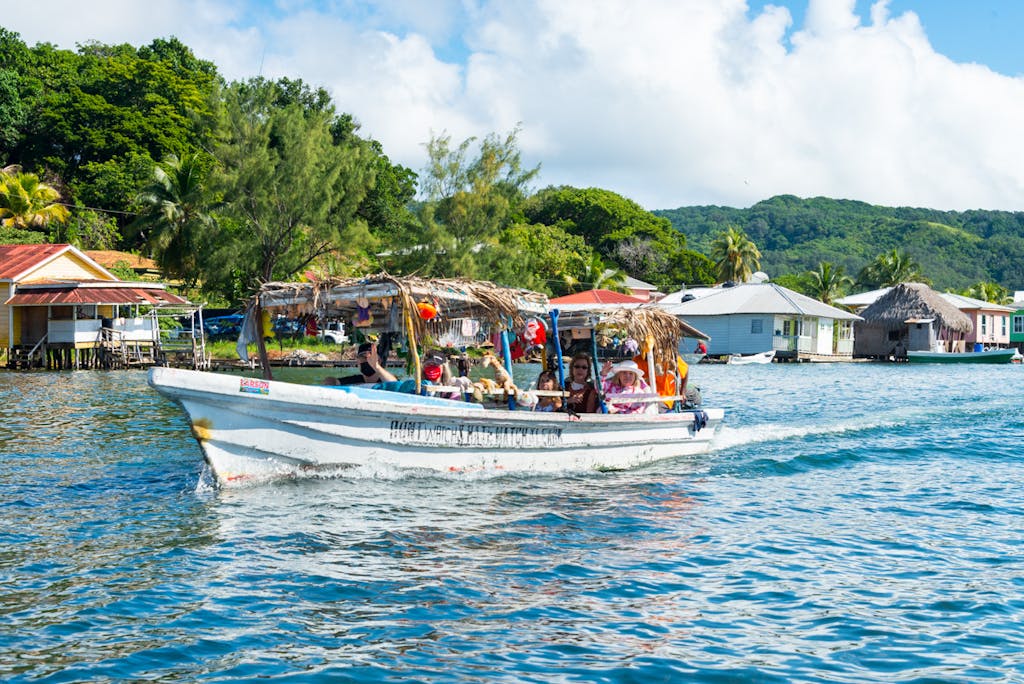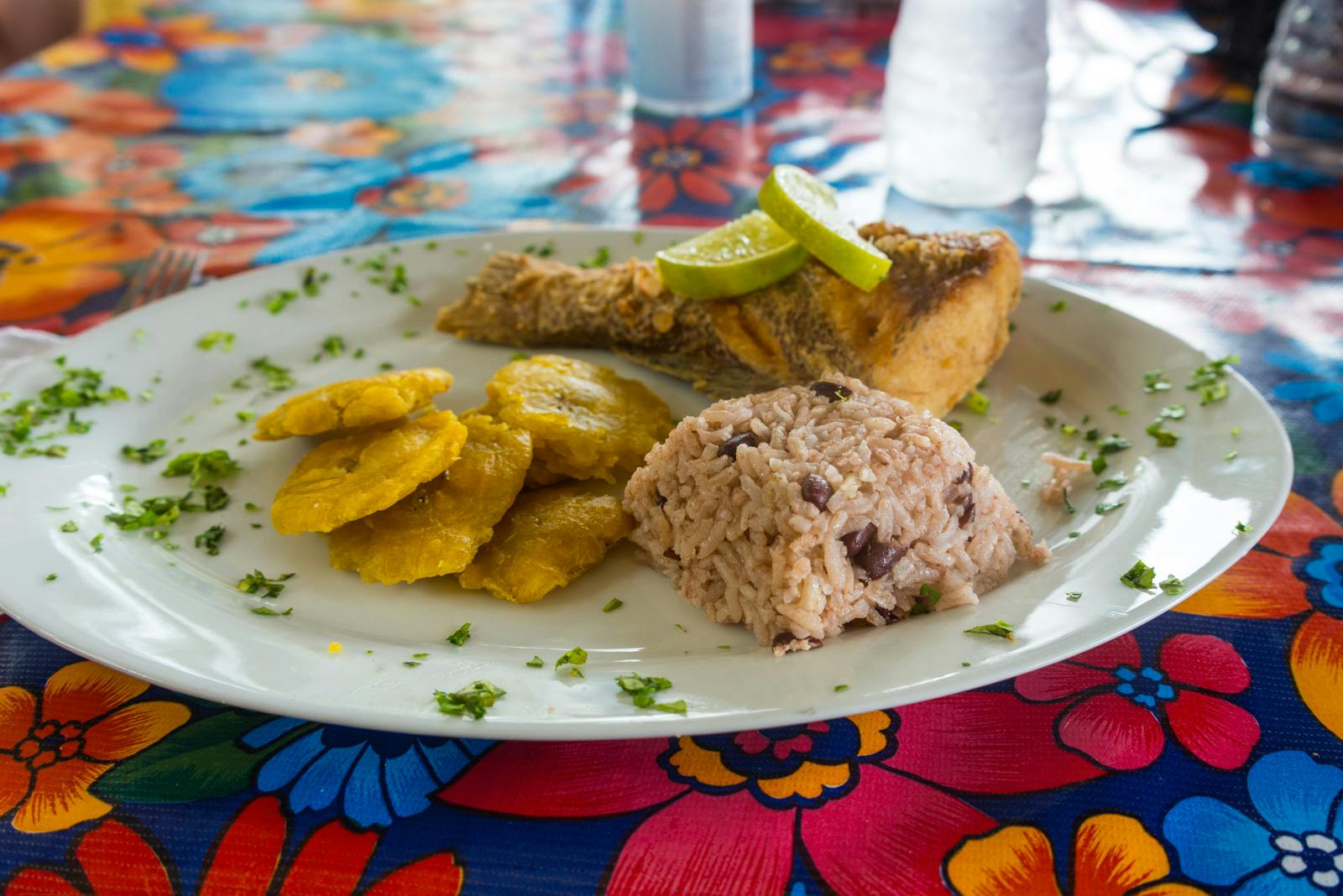S.A.L.T Spotlight: Central America Tells a Story Through Culinary Experience
My doctor tells me I should not add extra salt to my food. Aboard a recent cruise through Central America with Silversea, however, I enjoyed S.A.L.T. in liberal doses. That’s because S.A.L.T. is the acronym for Sea and Land Taste, the innovative culinary experience program offered aboard Silver Moon, Silver Dawn and Silver Nova.
The S.A.L.T. program is the brainchild of Adam Sachs, a food writer and formerly the editor of influential Saveur magazine who joined Silversea to develop culinary experiences for the line’s newest ships. S.A.L.T. was received enthusiastically when it debuted in 2021 in the Mediterranean, and I was aboard Silver Moon with Sachs during the ship’s inaugural Central American season, starting in December 2021. The voyage was a chance to hone plans for Central American S.A.L.T., which had been developed largely by Zoom calls during the pandemic.

“The whole concept is all about connecting our guests to the places and cultures we’re going, through the lens of food and drink,” Sachs told me over unusual cocktails midcruise at Silver Moon’s S.A.L.T. Bar (more on that in a moment). “It’s about getting to know what people eat and why they eat it, learning about the destinations through culture, traditions, techniques and ingredients.”
S.A.L.T., he explained, takes place in several venues and in different ways, on and off the ship.
As Silver Moon eased from Florida down the Caribbean coast of Central America, I delighted in exploring this multi-faceted program.
S.A.L.T. Kitchen

A cruise line can integrate the flavors of a destination by building those recipes into the nightly restaurant menu. Many cruise ships add a dish or two to reflect the locale’s cuisine. Aboard Silver Moon, Silver Dawn and Silver Nova, Silversea goes a step farther.
On Deck 4, which Sachs calls the ships’ “hub for culinary curiosity,” S.A.L.T. Kitchen is like an alternative main dining room, its menu an ever-changing voyage of discovery and a kind of cultural immersion.
One side of the menu, the Voyage Menu, encompasses the itinerary’s geographic scope. On a trip through Central and South America, items offered nightly are as diverse as Peruvian quinoa salad, Honduran beef pastelitos (turnovers) and a fillet of beef or fresh catch of the day served with such sauces as Mexican chile and lime or Ecuadorean tamarind salsa.
If the Voyage Menu embraces the itinerary from a macro approach, the Terrain Menu, a separate section, changes nightly, cued to each day’s port of call. For instance, the night we departed Roatán, Honduras, the menu showcased the country’s specialties: a cheese and chorizo dip, served with tortilla chips, cod escabeche and grilled sirloin steak plated with plantain tostones (fried), beans and rice — but only for that night. Even on a sea day as we passed near Havana, the Terrain Menu offered shrimp enchiladas, citrus-crusted sea bass and slow-roasted pork shoulder, each prepared in traditional Cuban style.
I ate at S.A.L.T. Kitchen three times, but my love of Latin American foods is fierce enough that I could have dined there nightly, exploring well beyond the taco and enchilada plates I was weaned on in Southern California. The venue is earthy, warm and inviting, filled with jugs, jars and food-oriented crafts from around the globe, and the waiters work diligently to put the night’s meal in context with the journey.
“If you like it, you can go more than one night — S.A.L.T. Kitchen is never the same,” Sachs said. “What I love about the concept is that it’s both super-ambitious and user-friendly. We don’t want exotic, strange things — it’s supposed to be fun and good — and we’re looking for dishes that tell a story, that are connected to where you’re going and indicative of what you might find at a similarly high-end, elegant restaurant onshore.
“It’s been really satisfying and fun to work with the culinary team, talking to chefs and regional experts, and then to have the culinary team put their elevated spin on it.”
S.A.L.T. Lab

Opposite S.A.L.T. Kitchen (one of eight dining venues aboard Silver Moon) is S.A.L.T. Lab, where hands-on cooking demos are offered at least once a day — and again, feature recipes common to the region we are sailing. On our itinerary, Chef Eva Mulligan handled the lessons, leading as many as 18 students making one or more Central American dishes.
I rolled up my sleeves and donned an apron for three of the 45-minute classes. All of the recipes I worked on were straightforward enough for someone with basic cooking skills to prepare at home — which, fortunately, included even me. (Recipes are provided to take home.) This included a sea bass ceviche, red snapper escabeche Panamanian style, a Costa Rican picadillo of ground beef, diced chayote (when cooked, it tastes like zucchini) and corn, and even a Mexican candy called alegría made with amaranth, hazelnuts and honey.
“There’s a small lending library of cookbooks, histories and memoirs that you can come and take a look at,” Sachs said. “S.A.L.T. Lab is not meant to be this cold cooking class or cooking school environment. It’s supposed to be a welcoming, interesting place that anyone aboard will want to spend time in and learn stories behind the food.”
S.A.L.T. Lab classes are free, but they’re popular, so sign up early.
S.A.L.T. Bar

Also tucked away on Deck 4 and easy to overlook, S.A.L.T. Bar is where the destination meets the mixologist in an intimate, convivial space. Although most traditional cocktails can be prepared, the short menu promises more elaborate concoctions, some offering a new spin on tried and true classics, others forging daring new paths. As with S.A.L.T. Kitchen, the Bar’s menu changes based on the region.
While sailing in Central America, I tried S.A.L.T. Bar’s Caramel Cake, a rum-based treat in the style of a traditional “flip” cocktail (frothed with an egg) and incorporating dulce de leche, a Latin American staple that’s a kind of milk-like jam. The Banana Republic is an aperitivo that sets gin, Aperol, vermouth and coconut water against a backdrop of banana liqueur.
Alcohol-free options also are offered: The Piñol Martini is a variation on Ecuador’s favorite elixir made from cane sugar and toasted barley. A non-alcoholic coffee liqueur and Seedlip Spice 94 (bitters) give this drink its kick.
My favorite — I think I tried all of them — was the Risqué Origins, which navigated a tricky path involving tequila, Chartreuse, fresh avocado, jalapeño, mint, lime and agave. The flavor was spicy, herbaceous and sour — like a margarita but creamed with avocado.
Demonstrations included a deconstructed tamale preparation, led by Chef Nadine, S.A.L.T. Kitchen’s lead chef who showed how to take much of the labor out of traditional tamale-making. Keep an eye on the daily program, especially on sea days, to take advantage of these fascinating presentations.
S.A.L.T. Experiences

The culinary journey continues off the ship with S.A.L.T. Experiences, shore excursions hand-crafted by Sachs and his team, along with local food experts. In Panama City, for instance, the A-to-Z Panamanian Experience starts with a tour of the city’s fish market with a local chef, followed by a cooking demo, then a seafood lunch followed by a coffee ceremony to sample the local beans.
In Roatán, I joined a S.A.L.T. tour called “Culture and Cuisine of Garifuna,” which included a scenic boat tour by cayuco out of a fishing village named Oak Ridge. (It’s locally nicknamed the “Venice of Roatán” for its canal-like infrastructure of mangrove tunnels and shallow lagoons.)
We then visited Punta Gorda, Roatán’s original settlement, where the British Army exiled the Garifuna people from the island of St. Vincent. Here we enjoyed a dance performance of the punta, a Garifuna dance of joy, followed by a feast prepared by Roatán-born chef Astel Samuel, laid out at informal picnic tables alongside the beach.
As cruising restarts around the globe, the S.A.L.T. program will continue to develop and expand, Sachs told me. “Every new region we head into is a new research process, a new voyage of discovery,” he said. “It’s a kind of never-ending project. As the ships keep going around the world and we get more and more regions under our belt, we’re going to be familiarizing ourselves with various regions and will learn what works.”
I can’t wait to explore another region with Silversea’s S.A.L.T. Does this culinary experience sound like something you want to try? Find a cruise here.
About S.A.L.T.
S.A.L.T. is an immersive culinary program that — through engaging shore excursions that focus on local food culture and hands-on onboard experiences — offers Silversea guests a chance to travel deeper around the world. And the name? That’s simple — S.A.L.T. stands for Sea And Land Taste. Read on for more information about S.A.L.T.
